Top Rankings
Morris School District ranks among the top 20% of public school district in New Jersey for:
Category
Attribute
Community Size
Largest student body (number of students) (Top 1%)
For the 2025 school year, there is 1 public middle school serving 1,026 students in Morris School District. This district's average middle testing ranking is 7/10, which is in the top 50% of public middle schools in New Jersey.
Public Middle School in Morris School District have an average math proficiency score of 36% (versus the New Jersey public middle school average of 32%), and reading proficiency score of 61% (versus the 48% statewide average).
Minority enrollment is 58% of the student body (majority Hispanic), which is less than the New Jersey public middle school average of 68% (majority Hispanic).
Overview
This School District
This State (NJ)
# Schools
10 Schools
835 Schools
# Students
5,135 Students
458,046 Students
# Teachers
456 Teachers
39,885 Teachers
Student : Teacher Ratio
11:1
11:1
District Rank
Morris School District, which is ranked within the top 50% of all 646 school districts in New Jersey (based off of combined math and reading proficiency testing data) for the 2021-2022 school year.
The school district's graduation rate of 89% has increased from 87% over five school years.
Overall District Rank
#271 out of 650 school districts
(Top 50%)
(Top 50%)
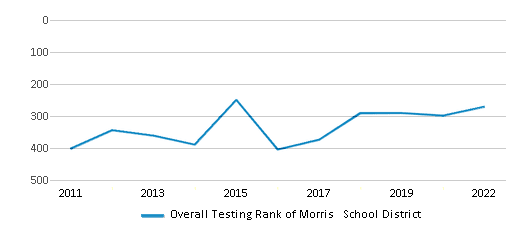
Math Test Scores (% Proficient)
37%
36%
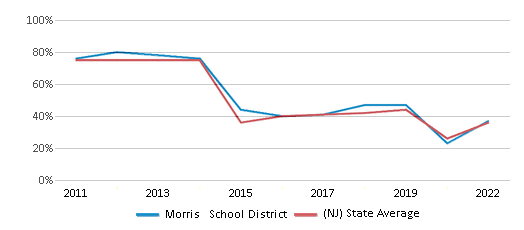
Reading/Language Arts Test Scores (% Proficient)
57%
49%
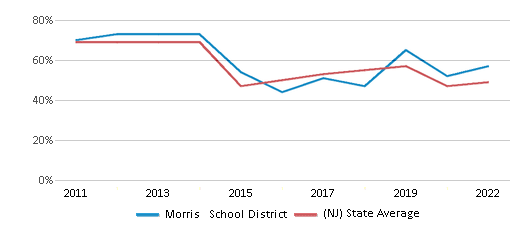
Science Test Scores (% Proficient)
27%
23%
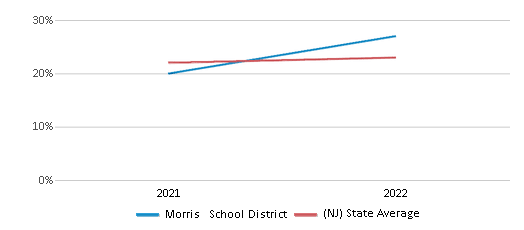
Graduation Rate
89%
85%
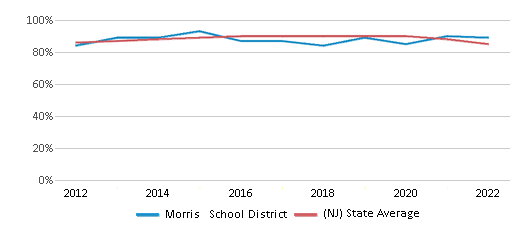
Students by Ethnicity:
Diversity Score
0.62
0.72
# American Indian Students
n/a
913 Students
% American Indian Students
n/a
n/a
# Asian Students
167 Students
39,872 Students
% Asian Students
3%
9%
# Hispanic Students
2,370 Students
173,877 Students
% Hispanic Students
46%
38%
# Black Students
353 Students
84,536 Students
% Black Students
7%
18%
# White Students
2,068 Students
145,711 Students
% White Students
41%
32%
# Hawaiian Students
3 Students
858 Students
% Hawaiian Students
n/a
n/a
# Two or more races Students
160 Students
12,134 Students
% of Two or more races Students
3%
3%
Students by Grade:
# Students in PK Grade:
108
12,448
# Students in K Grade:
351
19,022
# Students in 1st Grade:
366
19,268
# Students in 2nd Grade:
362
19,849
# Students in 3rd Grade:
364
20,625
# Students in 4th Grade:
344
22,766
# Students in 5th Grade:
358
30,973
# Students in 6th Grade:
322
79,058
# Students in 7th Grade:
376
100,830
# Students in 8th Grade:
328
101,895
# Students in 9th Grade:
451
8,812
# Students in 10th Grade:
494
7,480
# Students in 11th Grade:
478
7,369
# Students in 12th Grade:
433
7,529
# Ungraded Students:
-
122
District Revenue and Spending
The revenue/student of $28,800 is higher than the state median of $26,931. The school district revenue/student has stayed relatively flat over four school years.
The school district's spending/student of $27,406 is higher than the state median of $25,828. The school district spending/student has stayed relatively flat over four school years.
Total Revenue
$148 MM
$36,642 MM
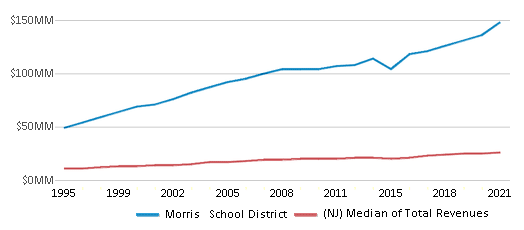
Spending
$141 MM
$35,142 MM
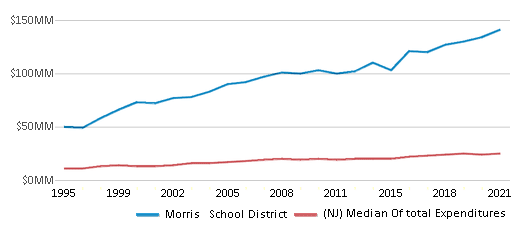
Revenue / Student
$28,800
$26,931
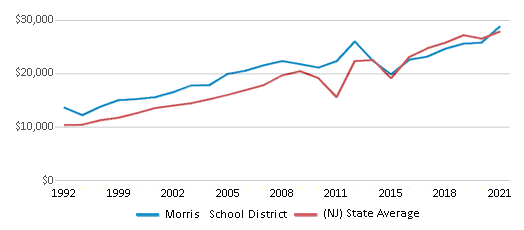
Spending / Student
$27,406
$25,828
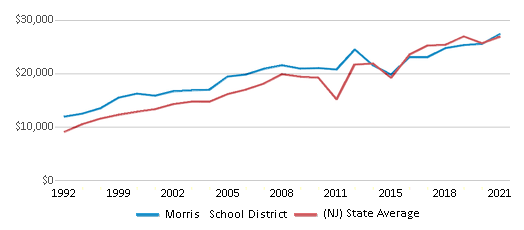
Best Morris School District Public Middle Schools (2025)
School
(Math and Reading Proficiency)
(Math and Reading Proficiency)
Location
Grades
Students
Rank: #11.
Frelinghuysen Middle School
(Math: 36% | Reading: 61%)
Rank:
Rank:
6/
Top 50%10
West Hanover Avenue
Morristown, NJ 07960
(973) 292-2200
Morristown, NJ 07960
(973) 292-2200
Grades: 6-8
| 1,026 students
Recent Articles
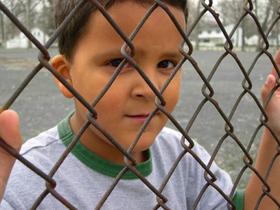
Sexual Harassment at Age 6: The Tale of a First Grade Suspension
A six-year old in Aurora, Colorado, was suspended after singing an LMFAO song to a little girl in his class and reportedly “shaking his booty.” We look at the case and the sexual harassment problem in public schools today.
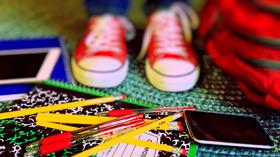
How Scaffolding Could Change the Way Your Child Learns
This article explores the concept of instructional scaffolding, a teaching method that enhances learning by breaking down complex tasks into manageable parts. It highlights how scaffolding supports students in developing critical thinking skills and becoming more independent learners. The article discusses the benefits of scaffolding, including improved engagement and reduced anxiety, and provides strategies for its implementation across various educational levels.

February 05, 2025
Understanding the U.S. Department of Education: Structure, Impact, and EvolutionWe explore how the Department of Education shapes American education, from its cabinet-level leadership to its impact on millions of students, written for general audiences seeking clarity on this vital institution.





